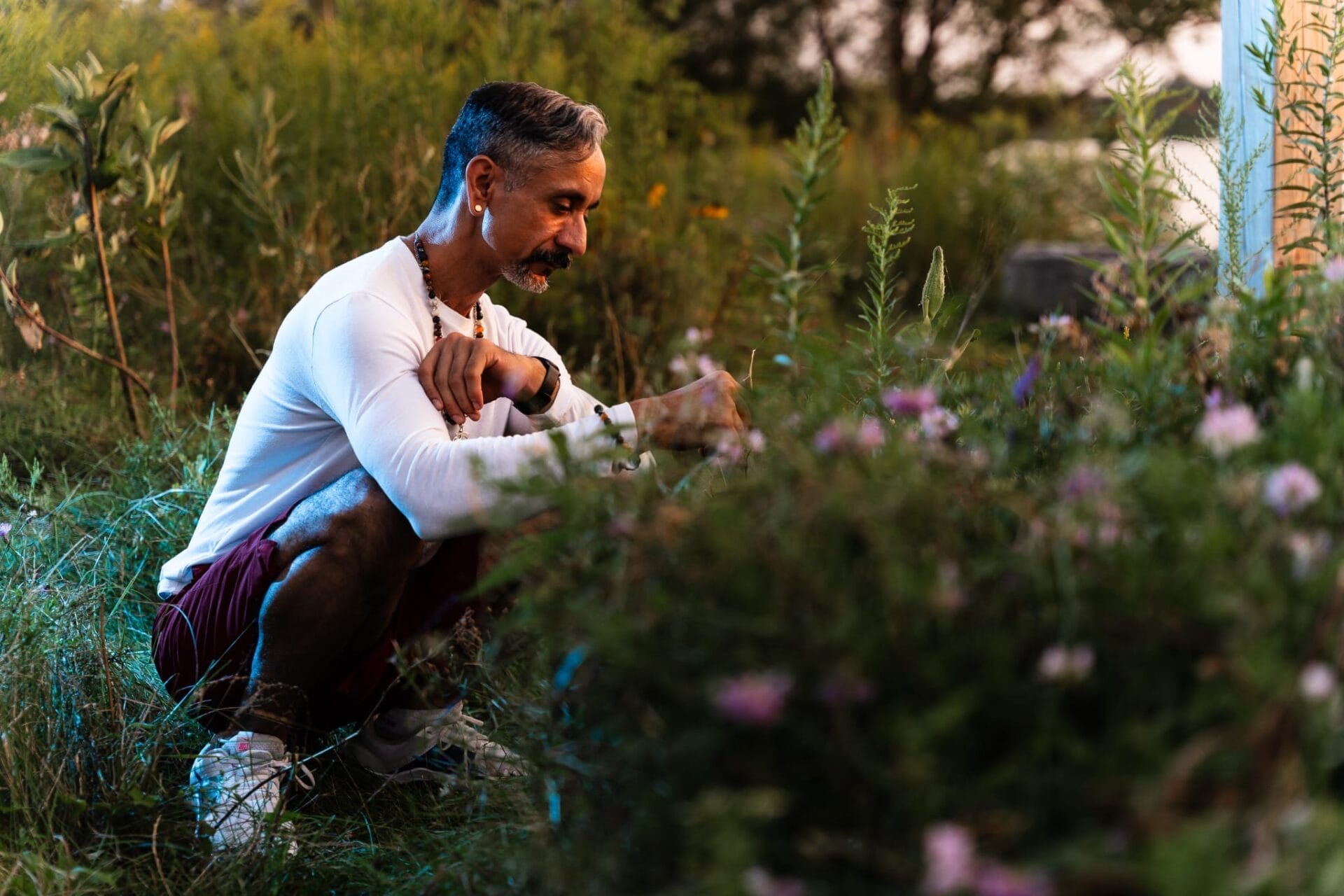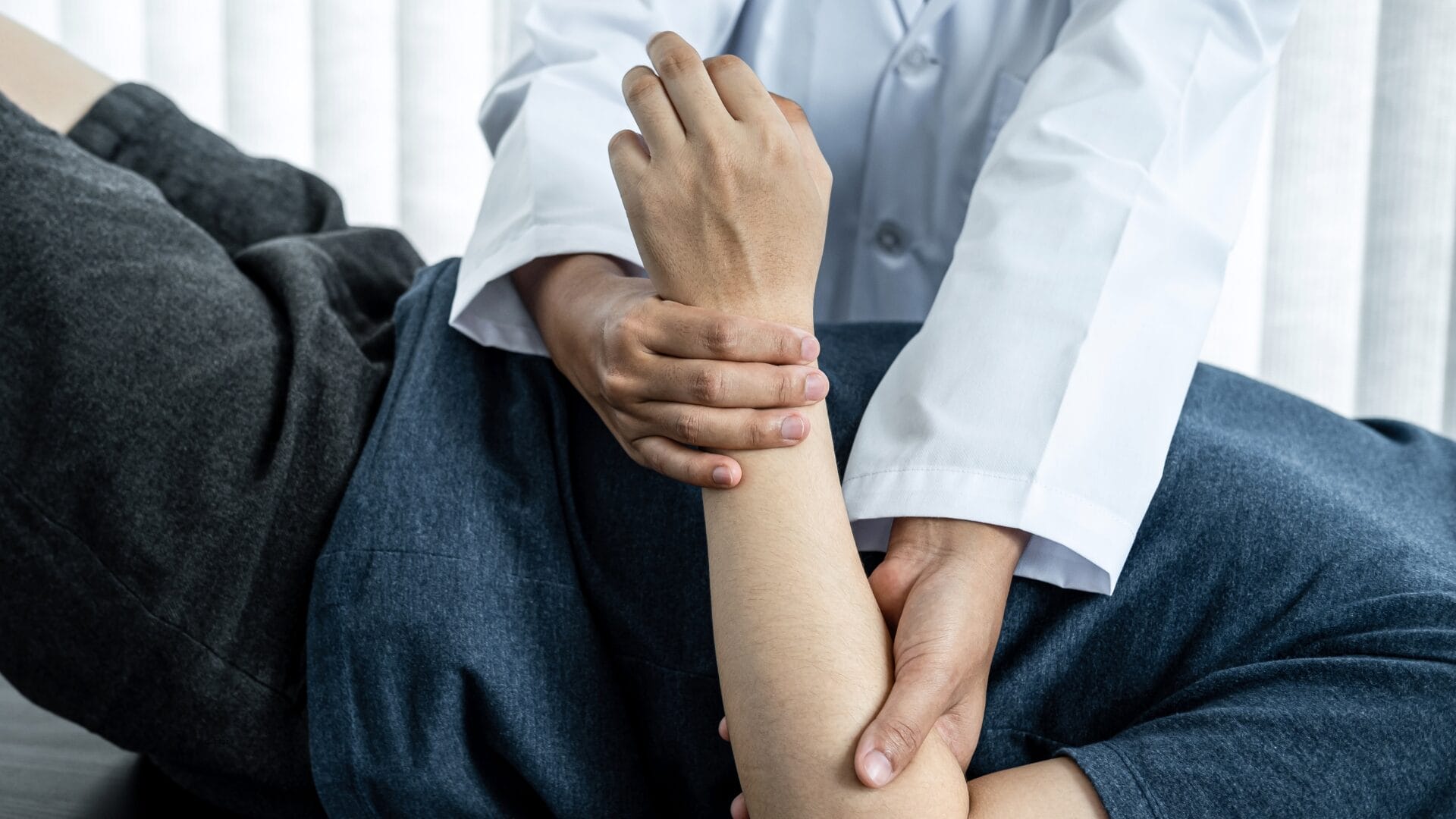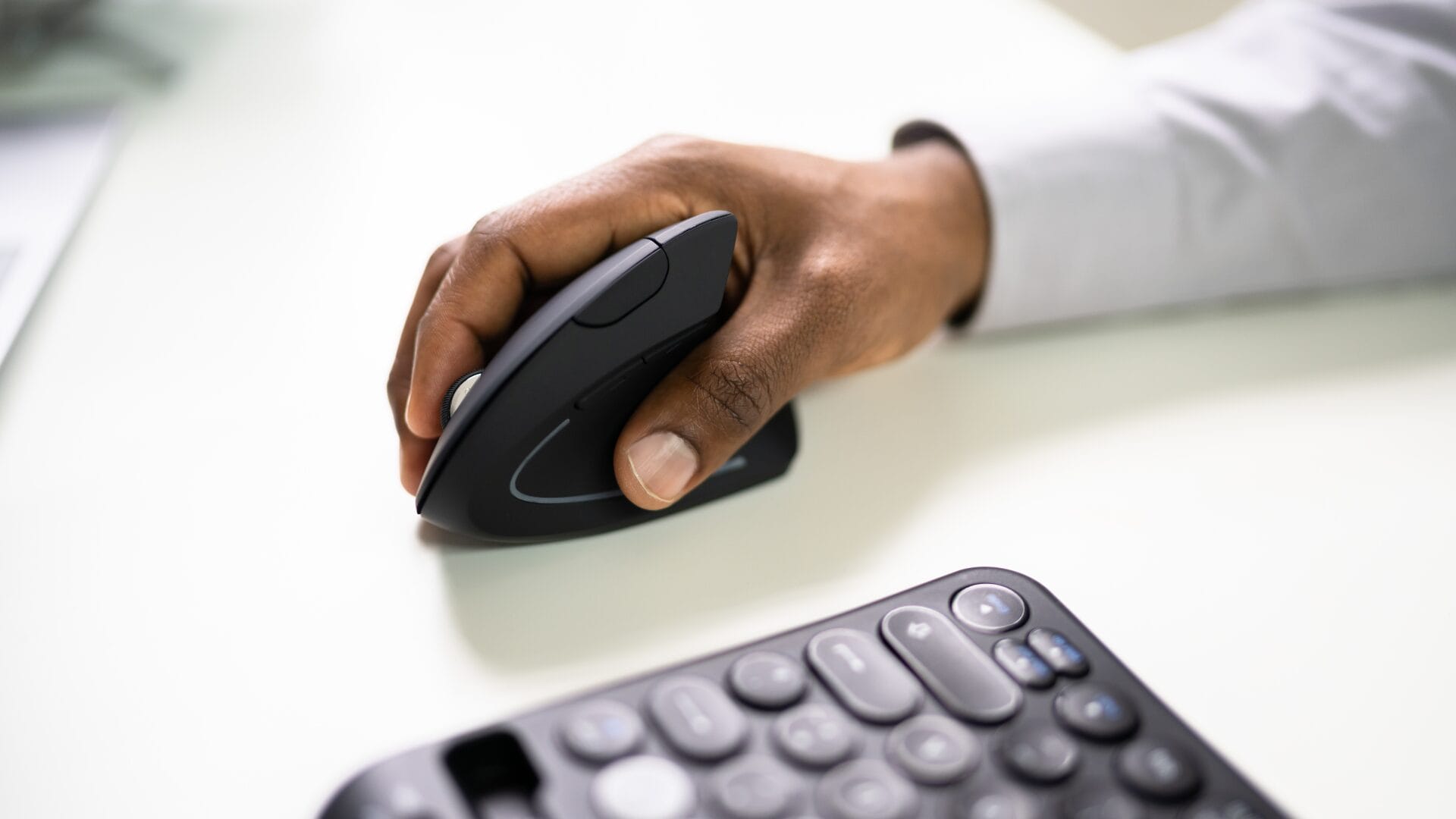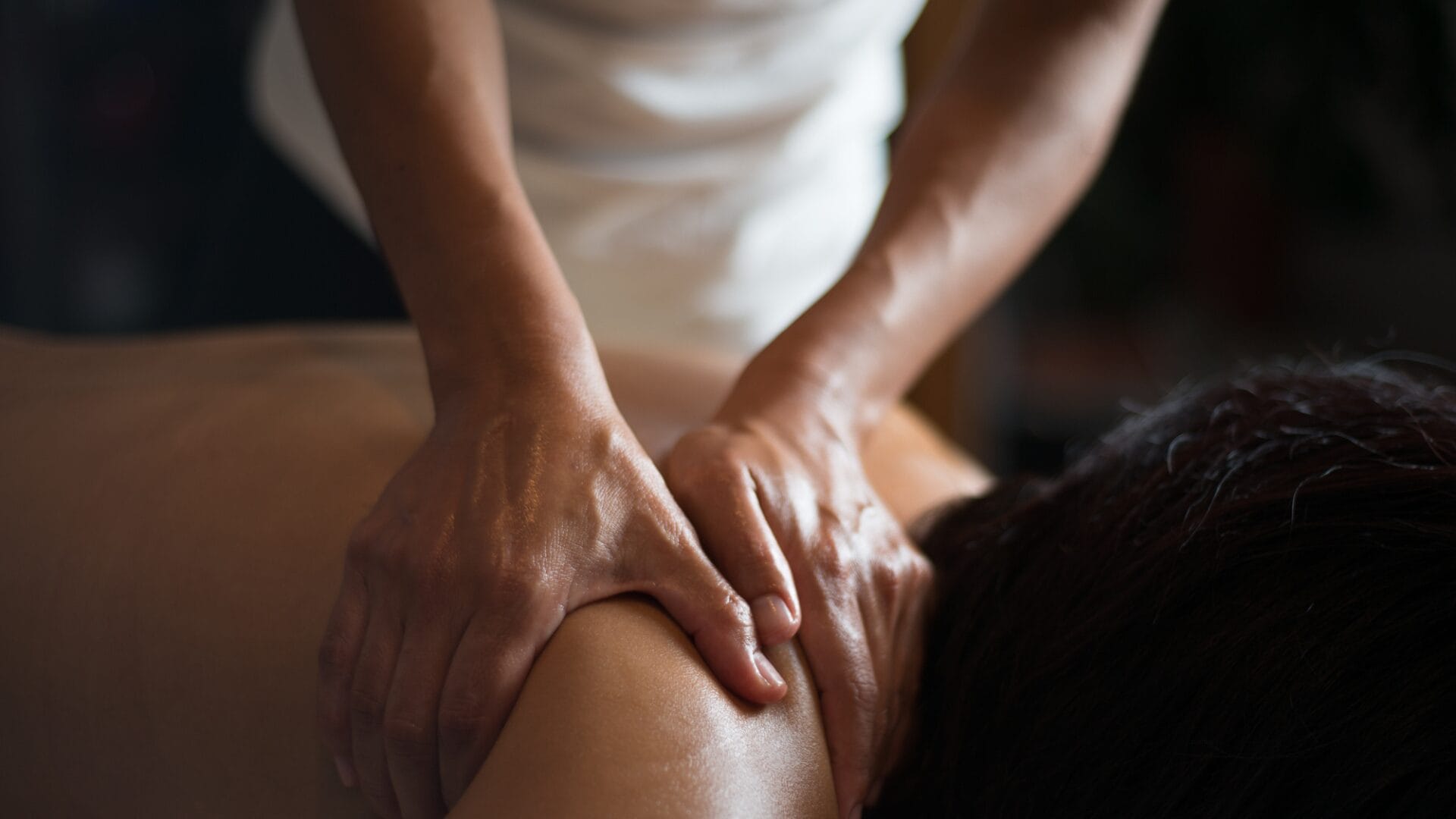Meet Katherine: Resident Physiotherapist with a Personalized Approach to Care
At PhysioDNA, we’re proud to have a team of passionate and skilled professionals who care deeply about helping clients move and feel their best. One of the newest additions to our team is Katherine, a Resident Physiotherapist with a strong foundation in evidence-based care and a dedication to individual outcomes. Katherine completed her Master of […]








